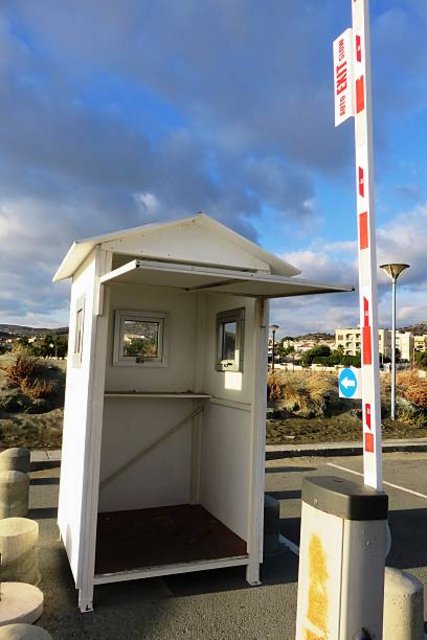
The iconic red telephone booths in London could be more of a tourist attraction than a valuable resource, now that the majority of people don't use the booths. However, this doesn't mean they're useless. Six booths are being transformed into solar-powered charging stations by two LSE alumni.
Henri Nyakarundi is an American entrepreneur, who was born in Rwanda, Burundi and grew up in that country prior to moving to America. He has created solar-powered charging stations for mobile phones. The kiosks will be locked at night, and will be inspected daily.
A minimum of 100 mobile phones are charged each day
In London, England the world famous red phone booths are now being used to serve a different purpose. The famous red phone booths have been transformed into mobile charging stations powered by solar power. The station is completely cost-free and is able to charge 100 mobile phones each day. Booths have been painted green with an 86cm-long solar panel that has been hung in the ceiling. The advertising in the kiosks cover the expenses of providing this service. Harold Craston, Kirsty Kenny together with the team that developed this initiative were awarded funding worth 5,000 pounds ($8,000) in the course of Mayor Boris Johnson's Low Carbon Entrepreneur competition in the summer of.
Not only them, but other organizations are giving older payphones a fresh lease of life. Many unused booths have been revamped as mini libraries, art spaces as well as an emergency medical storage cabinet. A few booths have been transformed to dual-purpose charging stations for electric automobiles.
Free
The phone booth is disappearing from streets and being repurposed as restaurant spaces, art installations and charging stations. Latest to join in the fray is a green-painted London phone booth, which allows users to charge their smartphones.
This week, the very first "solarbox" on Tottenham Court Road was revealed. These booths are kept locked at night and inspected daily for vandalism. They are completely free but users may see advertisements as they wait for the charge to be charged on their phones.
Harold Craston, a geography graduate from London School of Economics and Kirsty Kenney were the ones who came up with the idea. Their eco-friendly invention won them the Mayor of London's Low Carbon Entrepreneur contest. They claim that the stations have the capacity to charge up to 100 mobile phones per day. The kiosks' advertising will help to pay for expenses. I hope that the new phone charging stations can help to reduce tourists' worst nightmare--a cellphone that is dead. At http://www.ildottoredeicomputer.com/2015/01/un-viaggio-nelle-cabine-telefoniche-di.html, you will find information regarding solar powered phone charger.
Beautifully aesthetic
The iconic red telephone booths of London are a long-standing iconic symbol of the city. As the popularity of smartphones skyrocketed, the booths quickly became obsolete. The booths were quickly rendered ineffective as the use of mobile phones soared.
The vibrant green "Solarbox", which was unveiled at Tottenham Court Road this week is capable of charging as many as 100 phone calls per day, and gives a battery a 20% increase in just 10 minutes. The kiosks, with a an on-the-roof solar panel that can provide advertisements to customers, are free to use but are financed by advertising companies who pay to display their content in the kiosks.
It's not the first example of a telephone booth that has been abandoned and are being used for repurpose. Around the globe booths that were abandoned were transformed into museums, libraries as well as defibrillators. This project is perhaps the most imaginative yet. This project will also keep these famous booths accessible to the general public for years.
Tourists' worst nightmare
The famous red phone booths in London are the most prominent landmarks of the city. However, the advent of smartphones has rendered these booths practically useless. Now, two entrepreneurs have taken advantage of the booths' current infrastructure to transform them into a cell phone charging station, which makes use of solar panels to power charging stations.
The bright green 'Solarbox' has been unveiled in Tottenham Court Road and has already had six customers. The 86 centimeter tall kiosks are completely free and allow charging of as many as 100 devices per day. They offer a 20% battery boost in just 10 minutes. The kiosk's advertising will cover the expenses.
This innovative approach is a saving grace for those who are stranded in the city with a dead cell phone. The battery drain can be annoying, and could prevent tourists from making the most of their vacation because they are unable to take pictures, finding restaurants to eat, or using their translator app.